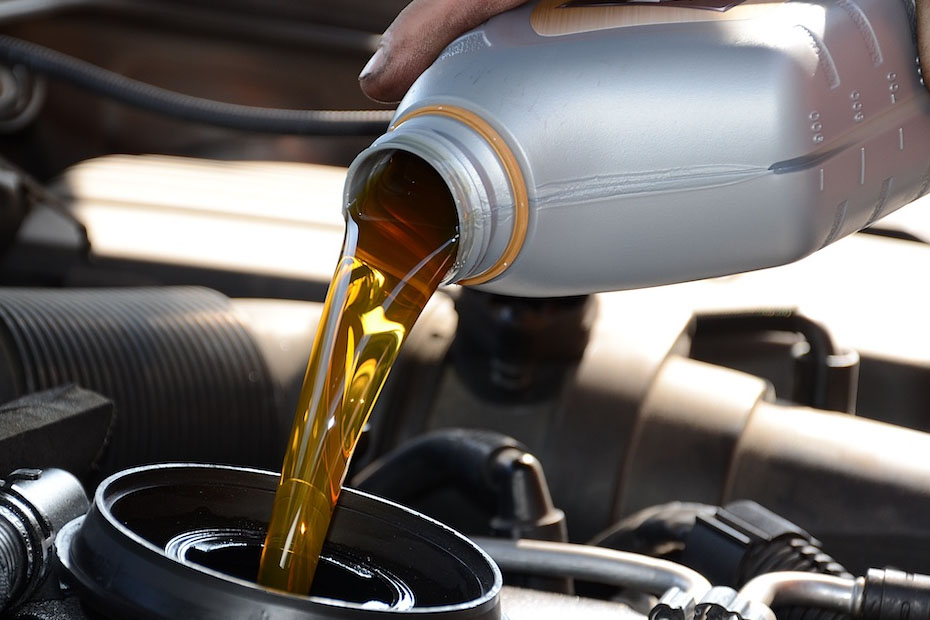
Regular oil changes are vital for maintaining your car’s engine health and performance. This detailed guide will outline some common oil change mistakes and tips on how to avoid them, ensuring your car runs smoothly and efficiently.
1. Using the Wrong Type of Oil
Mistake:
Using the incorrect oil type or grade for your vehicle can lead to poor lubrication, reduced performance, and potential engine damage.
How to Avoid:
- Consult Your Owner’s Manual: Always refer to your vehicle’s owner’s manual to determine the recommended oil type and grade.
- Consider Your Driving Conditions: If you drive in extreme temperatures or under heavy loads, consider using a synthetic oil that can handle the added stress.
- Check the Label: Ensure the oil meets the specifications outlined in your owner’s manual.
2. Not Changing the Oil Filter
Mistake:
Neglecting to change the oil filter can allow dirt and debris to circulate in the engine, reducing the effectiveness of the new oil.
How to Avoid:
- Change the Filter Every Time: Make it a habit to change the oil filter with every oil change.
- Choose Quality Filters: Use high-quality oil filters that match the specifications of your vehicle to ensure optimal performance.
3. Overfilling or Under filling Oil
Mistake:
Adding too much or too little oil can cause engine issues such as excessive pressure, oil leaks, or insufficient lubrication.
How to Avoid:
- Check the Dipstick: Use the dipstick to measure the correct oil level. The oil should be within the marked range.
- Add Oil Gradually: When adding oil, pour in small amounts and check the level frequently to avoid overfilling.
- Use a Funnel: A funnel can help you add oil precisely and avoid spills.
4. Not Tightening the Drain Plug and Filter Properly
Mistake:
Failing to properly tighten the drain plug and oil filter can lead to oil leaks and engine damage.
How to Avoid:
- Use the Right Tools: Use a wrench or oil filter tool to ensure the drain plug and filter are securely tightened.
- Avoid Over-Tightening: Over-tightening can strip threads and damage components. Tighten until snug, then give an additional quarter turn.
- Check for Leaks: After changing the oil, run the engine and check for any signs of leaks around the drain plug and filter.
5. Skipping the Oil Change Interval
Mistake:
Delaying oil changes can result in degraded oil that fails to lubricate and protect the engine properly.
How to Avoid:
- Follow the Manufacturer’s Recommendations: Stick to the oil change intervals specified in your owner’s manual.
- Keep a Maintenance Log: Track your oil changes and other maintenance tasks to stay on schedule.
- Use Oil Life Monitors: Many modern cars have oil life monitors that provide reminders for oil changes based on driving conditions.
6. Using the Wrong Oil Filter
Mistake:
Using an incorrect oil filter can lead to poor filtration and potential engine damage.
How to Avoid:
- Verify Fit and Specifications: Ensure the oil filter matches the size, threading, and specifications recommended by the manufacturer.
- Buy from Reputable Sources: Purchase filters from trusted brands and retailers to guarantee quality and compatibility.
7. Not Warming Up the Engine
Mistake:
Changing the oil when the engine is cold can make the oil thick and harder to drain completely.
How to Avoid:
- Warm Up the Engine: Run the engine for a few minutes before starting the oil change. This helps the oil flow more easily, ensuring a thorough drain.
- Allow to Cool Slightly: While warm oil drains better, ensure the engine isn’t too hot to avoid burns. A slightly warm engine is ideal.
8. Ignoring the Oil Drain Plug Washer
Mistake:
Reusing an old drain plug washer or failing to replace it can cause oil leaks.
How to Avoid:
- Replace the Washer: Always use a new drain plug washer with each oil change to ensure a proper seal.
- Inspect the Washer: Check the condition of the washer before reinstallation and replace it if worn or damaged.
9. Not Resetting the Oil Change Indicator
Mistake:
Failing to reset the oil change indicator can lead to confusion about when the next oil change is due.
How to Avoid:
- Reset the Indicator: Follow the instructions in your owner’s manual to reset the oil change indicator light.
- Manual Logs: If your vehicle doesn’t have an oil change indicator, keep a manual log of the date and mileage at each oil change.
Performing regular oil changes is essential for maintaining your vehicle’s engine health and performance. By avoiding these common mistakes and following best practices, you can ensure that your oil changes are done correctly and efficiently. At MySyara, we offer professional oil change services that take the hassle out of car maintenance. Book your next oil change with us and experience the convenience and reliability that MySyara provides. Visit www.mysyara.in to schedule your appointment today!



